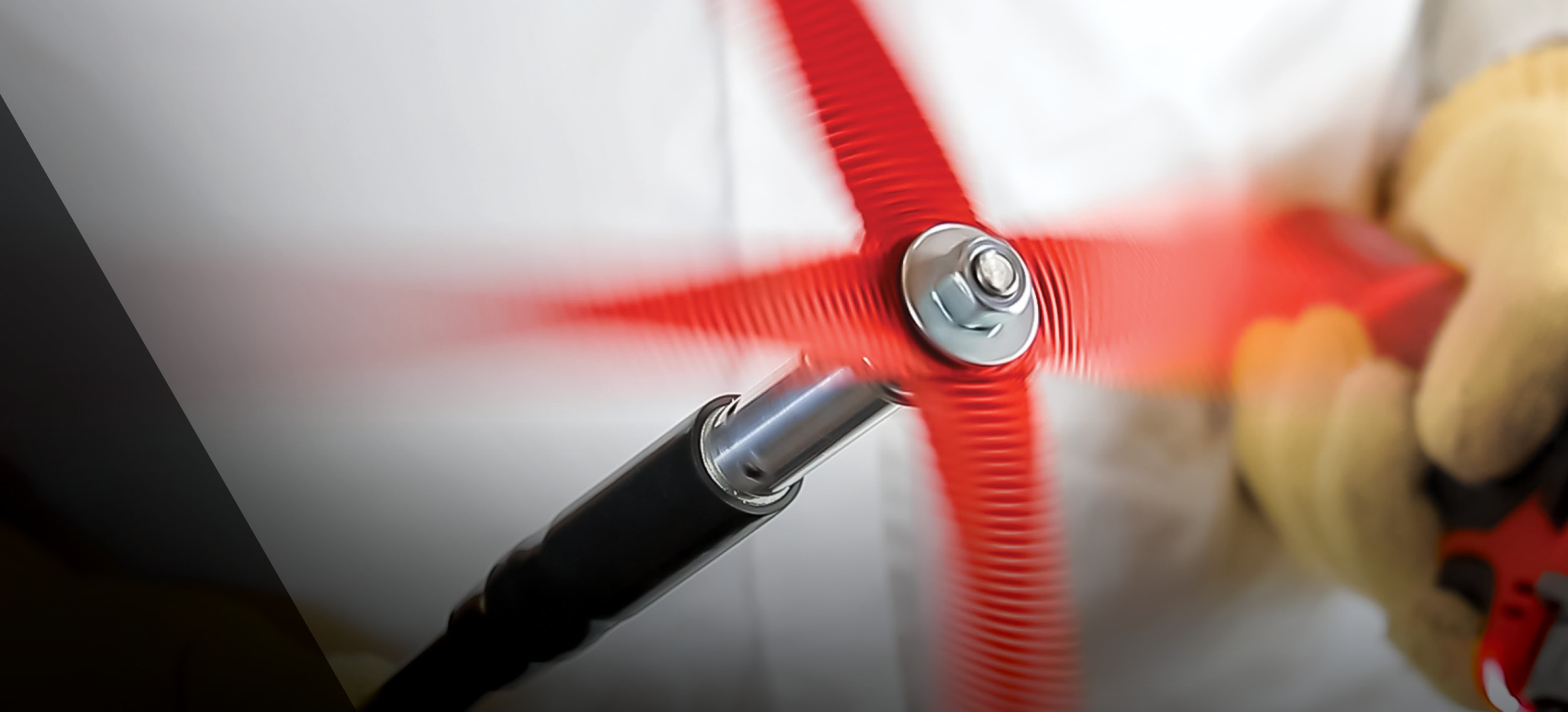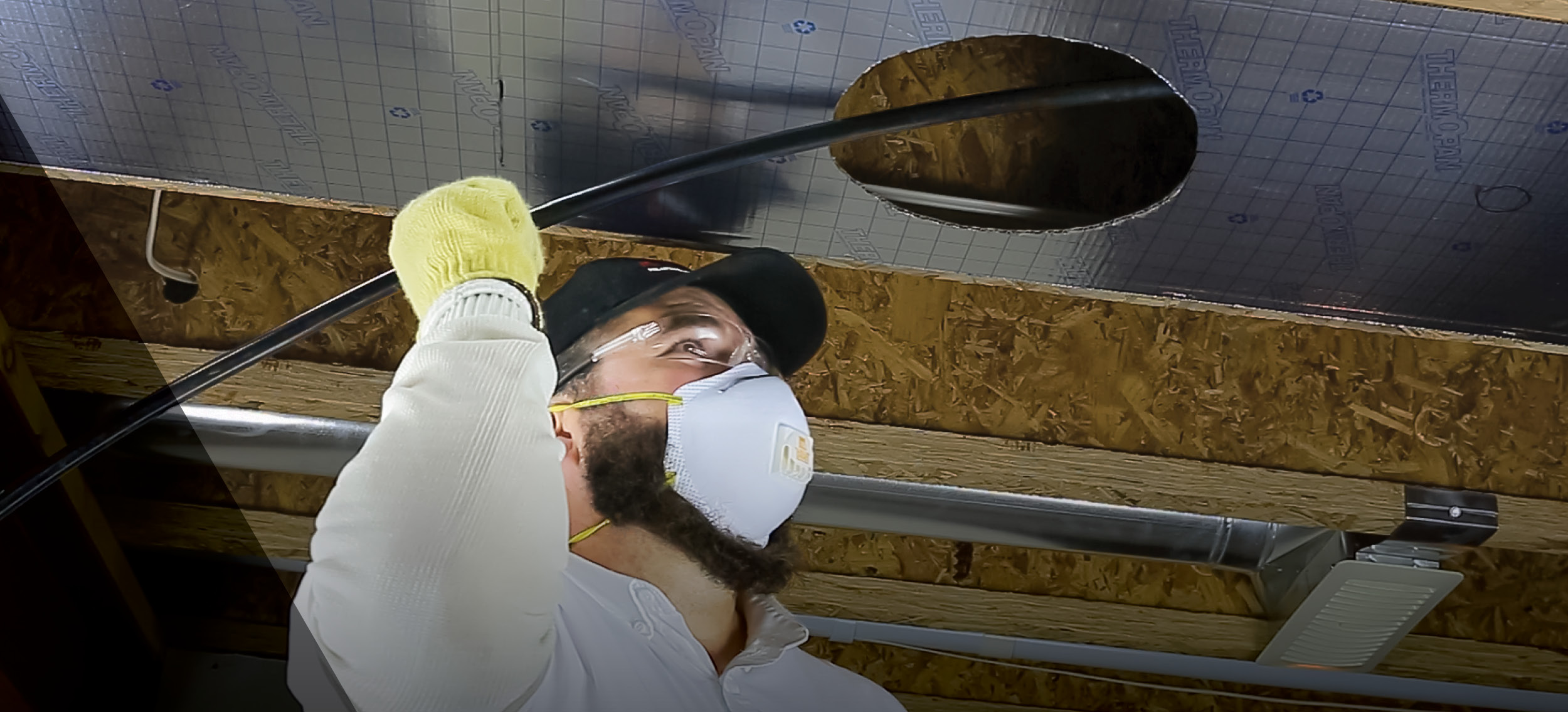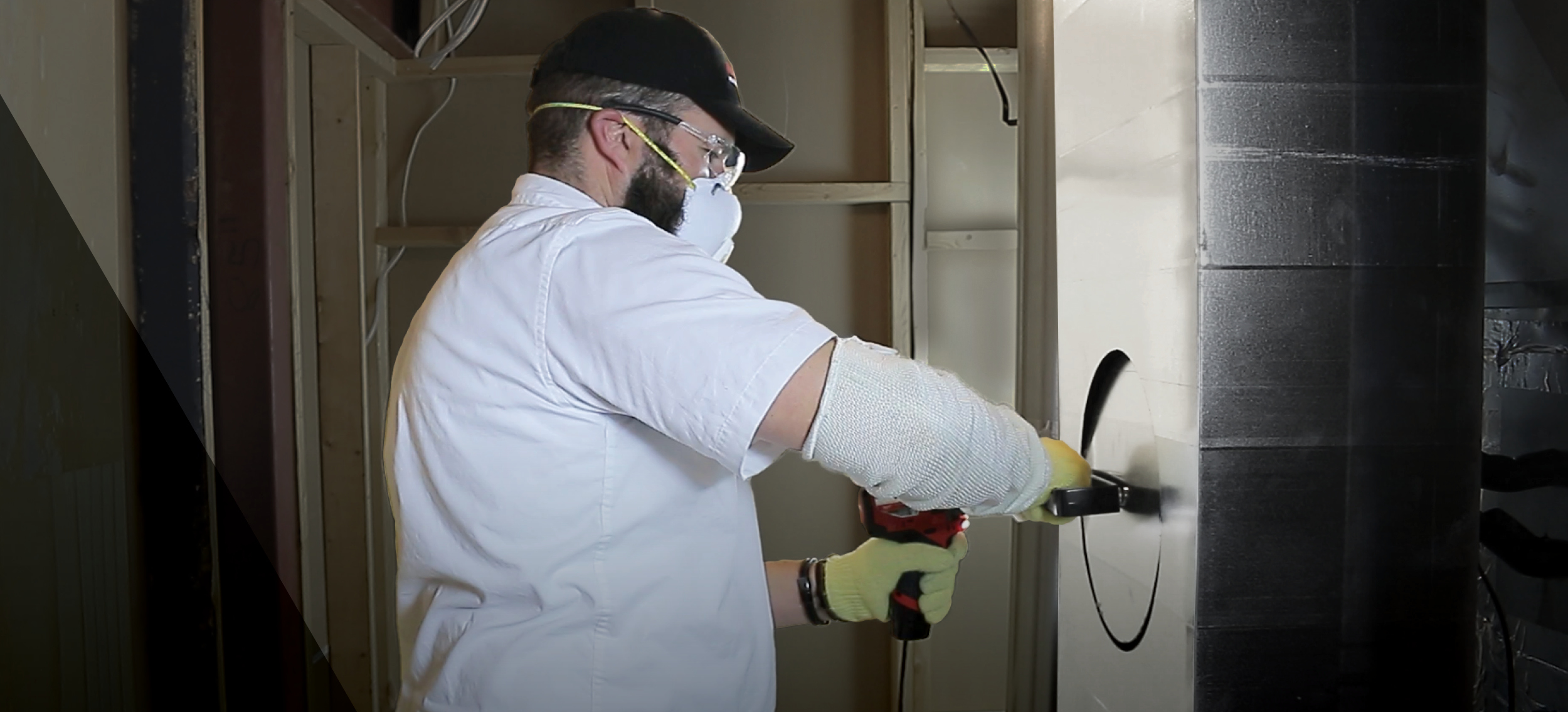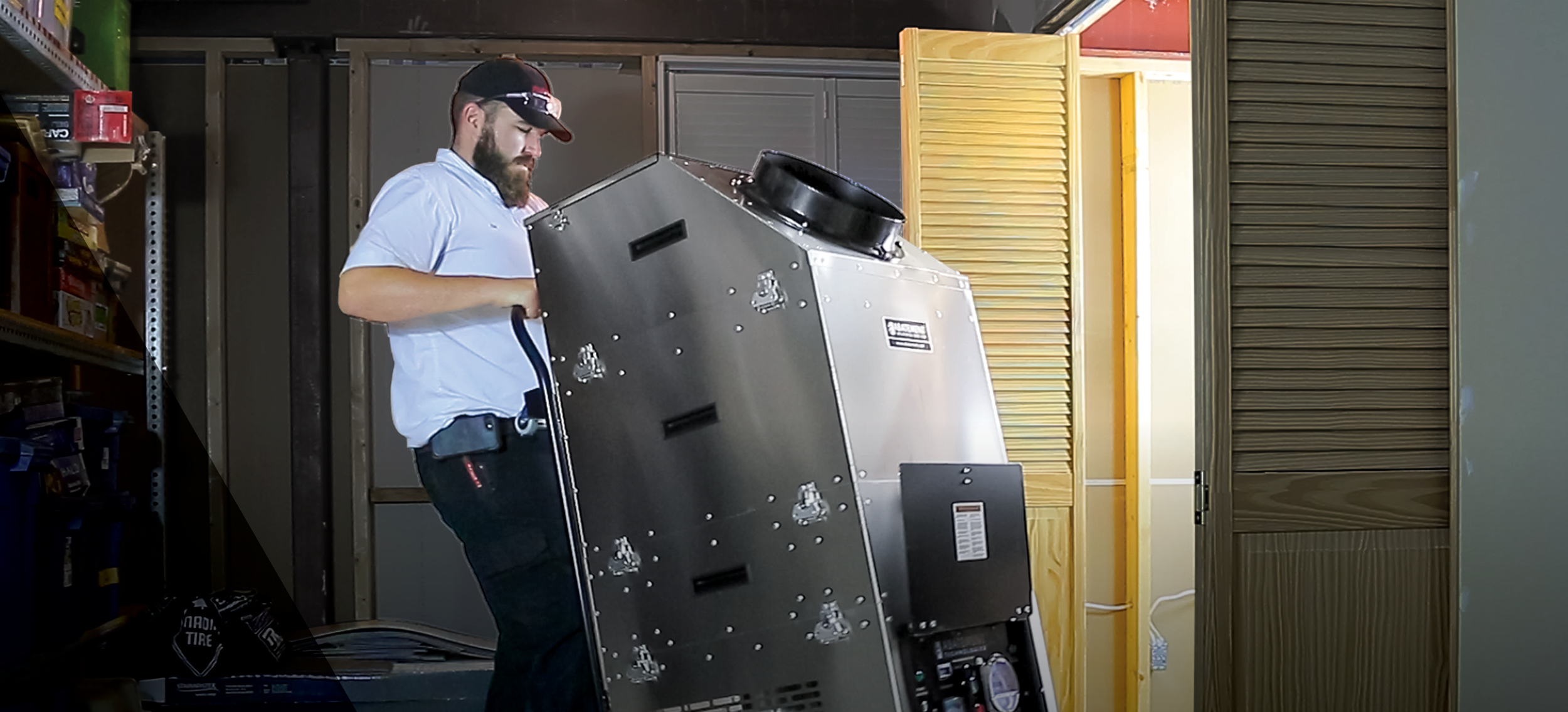Abatement Technologies® is the industry leader in quality duct cleaning solutions. Our DUCT-PRO® source removal cleaning packages utilize our HEPA-AIRE® equipment to clean HVAC duct systems faster and more efficiently than other methods. Abatement Technologies’ equipment uses our exclusive source removal duct cleaning process to capture dirt and debris and provide complete air duct cleaning and decontamination.
Our source removal duct cleaning process is designed to work with the tools and procedures professional duct cleaners need to follow the NADCA recommended steps for cleaning air duct systems effectively. We have created a blog series based on our official DUCT-PRO® training videos to guide users through duct cleaning processes and ensure the equipment is used properly and efficiently.
We’ve looked at the methods for duct cleaning and air sweeping in our previous posts.
In this installment, we’ll cover agitation—a process for dislodging the extreme buildup of debris prior to air sweeping.
Methods for Agitation
Manual brushes or whips with add-on rods are some of the most used tools and methods for agitation. The procedure is similar to chimney sweeping, with the brushes swept horizontally instead of vertically. The DUCT-PRO® power rod system is used with compressed air and has lengths of connected rods with three different flexibilities. Each rod has a special fitting that connects to various whip heads.
The DUCT-PRO® power brush system is a powerful method of agitation in large ducts and for commercial applications. This system is driven by its own power source and enables the use of both compressed air and brushes for optimal performance. The remote-control setting allows cleaners to operate the compressed air, rotation, and speed functions. The brushes can be turned both clockwise and counterclockwise to clean both sides and bottom corners.
There are many advantages to the system, including brushes of different sizes and bristle stiffness designed for various duct types. The softer brushes should be used for inline duct and duct board and stiffer bristles for metal. It is important to do a thorough examination prior to cleaning to determine the condition of the ductwork.
The DUCT-PRO® power brush system offers contractors the unique capability to use both forward and reverse compressed air, allowing cleaners to brush and air sweep at the same time.
Power brushing eliminates the need for an extra access hole and speeds up the cleaning process while producing excellent results.
We’ll explore the proper steps for cleaning the return side of the ductwork in our next blog.
Want to learn more about our DUCT-PRO® equipment and packages? Click here - https://abatement.ca/duct-cleaning-process/




